
This Strategy is divided into nine priority axes which are:
Epidemic: bubonic plague, cholera, dengue, non-pandemic diseases, typhoid;
Pandemic: H1N1, HIV, smallpox, tuberculosis, COVID-19.
The following is a list of all conten labeled as "Epidemic & Pandemic"

This Strategy is divided into nine priority axes which are:
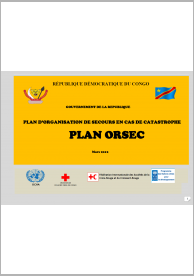
The ORSEC PLAN is intended to be a first step and a very important step in the perspective of the constitutional response to the question of national emergencies, constituting for the government a first-hand tool allowing it, not only, to know who is responsible for what task in case of which circumstance, but also the modality of activation of it and the coordination of intervention activities
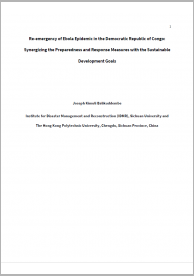
Ebola outbreaks which have re-emerged in the Democratic Republic Congo (DRC) have continued to galvanize the regional and global attention. The outbreaks are likely to transcend borders and threaten the global health crisis, especially by ensuring the “healthy lives and to promote the well-being for all at all ages” which is grounded in the sustainable development goals (SDGs).
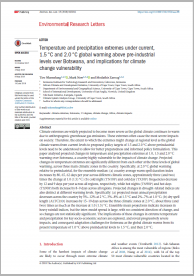
This paper analysed projected changes in temperature and precipitation extremes at 1.0, 1.5 and 2.0 °C warming over Botswana, a country highly vulnerable to the impacts of climate change.
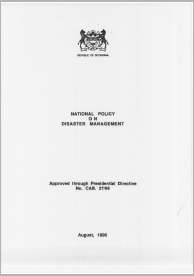
This report presents Botswana’s disaster risks and natural hazards, such as flood, drought and wildfire, and discusses the country’s institutional and legal framework for disaster reduction.
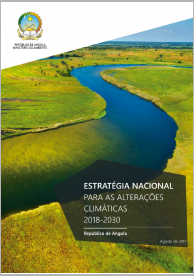
The National Strategy for Climate Change 2018-2030 (ENAC 2018-2030) arises from the need to articulate objectives, instruments and institutions in pursuing the most recent challenges that the country is facing, both in terms of its economy and the improvement of conditions population, as well as at the level of the most recent global climatic events, resulting from the Paris Agreement and the S

This Presidential Decree approves the Strategic Plan for the Prevention and Reduction of Disaster Risk for the period 2013-2017.

This report was prepared to be presented at the Kobe-Hyogo International Conference to be held in Japan in January 2005 and it presents information on the risk situation in Angola. The report highlights the ongoing activities, some of which have the cooperation of the international community and in particular the United Nations Development Program (UNDP).

Approuve le Plan Stratégique de Gestion des Risques de Catastrophe, joint à ce Décret Présidentiel et qui en fait partie intégrante.
Les principaux objectifs de ce Plan Stratégique sont les suivants:
On 27 March, the Government confirmed five cases of cholera at Munhava health centre in Beira City, according to the National Director of Medical Assistance, Ussene Isse. The authorities also reported some 2,500 cases of acute watery diarrhoea (AWD) in Beira district.